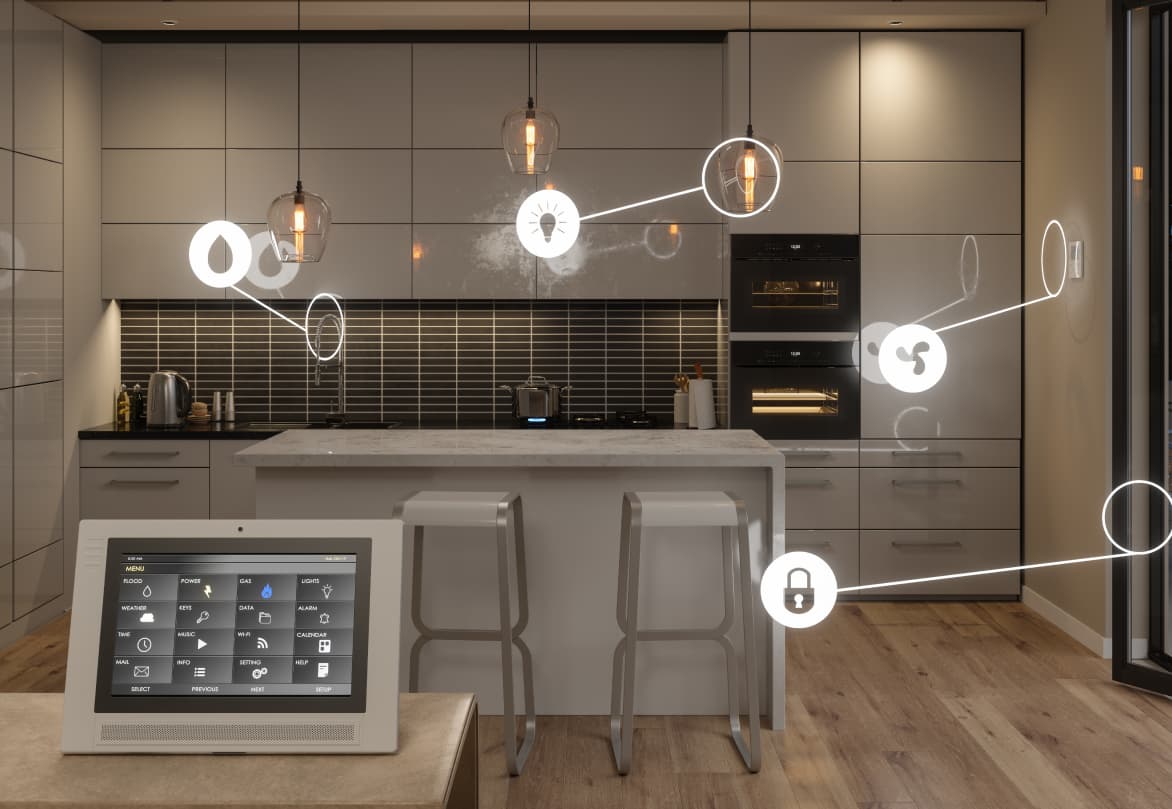In an era where sustainability and efficiency are paramount, the integration of smart home automation systems has emerged as a game-changer in the quest for energy conservation. By seamlessly blending technology with daily living, homeowners can not only reduce their carbon footprint but also enjoy substantial cost savings. From intelligent thermostats to lighting controls and appliance management, the possibilities for optimizing energy consumption are vast. Let's delve into how smart home automation can revolutionize energy savings.
1. Smart Thermostats: Precision Climate Control
Traditional thermostats operate on fixed schedules, often leading to unnecessary heating or cooling when no one is home. Smart thermostats, on the other hand, adapt to your lifestyle by learning your preferences and adjusting temperature settings accordingly. They can be programmed remotely via smartphone apps, allowing you to conserve energy while away and ensure comfort upon your return. Moreover, advanced models utilize occupancy sensors to detect when rooms are unoccupied, further reducing energy wastage.
2. Lighting Automation: Illuminating Efficiency
Gone are the days of manually switching lights on and off. Smart lighting systems enable you to create customized schedules, dim lights to optimal levels, and even change colors to suit different moods—all from your smartphone or voice commands. Motion sensors integrated into these systems detect activity in rooms, automatically illuminating spaces when needed and dimming or turning off lights when no movement is detected. By eliminating unnecessary energy consumption, smart lighting not only lowers electricity bills but also extends the lifespan of bulbs.
3. Appliance Management: Efficiency at Every Turn
From refrigerators to washing machines, smart appliances are revolutionizing household energy usage. These devices communicate with the smart home network, allowing you to monitor and control them remotely. For instance, you can schedule your dishwasher to run during off-peak hours when electricity rates are lower or receive alerts when appliances are left on unnecessarily. Some appliances even analyze usage patterns to suggest ways to optimize energy consumption, empowering homeowners to make informed decisions.
4. Energy Monitoring: Insightful Consumption Analysis
Understanding how energy is utilized within your home is crucial for identifying areas where savings can be maximized. Smart energy monitoring systems provide real-time data on electricity, water, and gas usage, enabling you to track consumption patterns and pinpoint inefficiencies. Armed with this information, homeowners can adopt proactive measures such as setting energy usage targets, identifying energy-hungry appliances, and implementing strategies to reduce overall consumption.
5. Integration and Interoperability: The Power of Synergy
The true potential of smart home automation lies in its ability to seamlessly integrate disparate devices and systems into a unified ecosystem. Through platforms like Apple HomeKit, Google Assistant, and Amazon Alexa, users can control multiple smart devices with a single command, fostering interoperability and synergy. For example, integrating a smart thermostat with lighting controls can trigger lights to dim when the thermostat detects that nobody is home, maximizing energy savings effortlessly.
Conclusion
As society embraces the imperative of sustainability, smart home automation emerges as a pivotal tool in the quest for energy efficiency. By harnessing the power of technology to optimize climate control, lighting, appliance management, and energy monitoring, homeowners can significantly reduce their environmental impact while enjoying tangible cost savings. However, realizing the full potential of smart home automation requires not only investing in the right technology but also cultivating a mindset of conscious consumption and stewardship. In the intersection of innovation and responsibility lies the promise of a greener, more sustainable future for generations to come.
Partnering with Professional Services: Collaborate with experienced electrical maintenance service providers who specialize in industrial and commercial settings. Professional technicians have the expertise, tools, and resources to conduct thorough inspections, maintenance, and repairs, ensuring optimal workplace safety and productivity.

